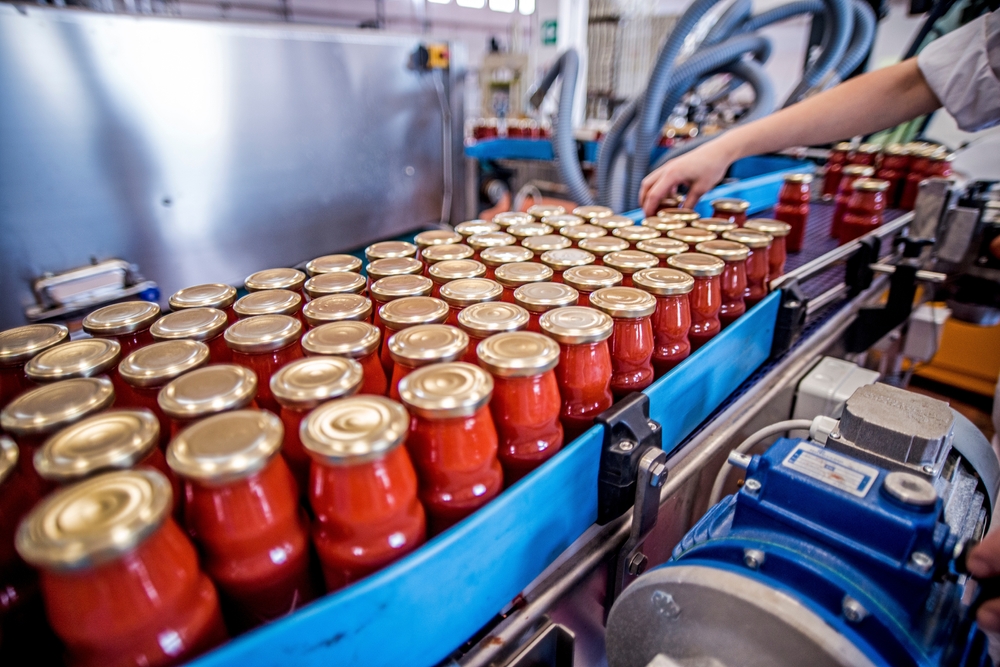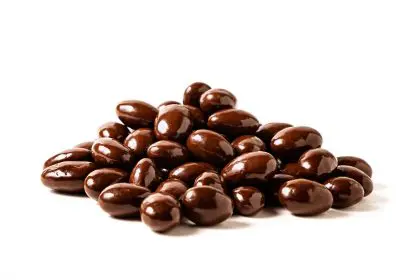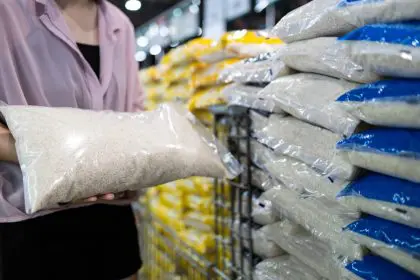A potentially groundbreaking decision by federal regulators could impact countless processed foods and beverages that give your favorite snacks their signature look. The Food and Drug Administration, or FDA, is considering banning Red No. 3, a synthetic dye that provides the crimson color in many popular treats.
The history behind the controversy
Red No. 3 — derived from petroleum — has faced scrutiny since studies revealed its cancer-causing properties in laboratory animals. While the FDA partially restricted the dye’s use in cosmetics during the 1990s, it remained approved for food products. The current review stems from a 2022 petition demanding the complete removal of the additive from foods and medications.
What’s really at stake
Beyond candy and snacks, this synthetic dye appears in numerous everyday items, from breakfast cereals to frozen desserts. The FDA’s decision could force manufacturers to reformulate products or find natural alternatives, potentially affecting taste and appearance.
Research indicates potential health risks beyond cancer concerns. Studies link synthetic food dyes to behavioral issues in children, including hyperactivity and attention problems. The California Office of Environmental Health Hazard Assessment has documented these connections, adding weight to calls for stricter regulation.
Why change took so long
The FDA’s approach to food safety reviews lags behind international standards. The European Union banned several food dyes decades ago, while American regulators continued allowing their use. This disparity highlights systemic issues in U.S. food safety oversight.
The FDA lacks resources for comprehensive chemical safety reviews and post-market assessments. Without dedicated funding from Congress, the agency struggles to evaluate thousands of food additives effectively. Plans for a specialized chemical reevaluation office remain uncertain without proper financial support.
Looking ahead
As the FDA finalizes its decision, consumers should stay informed about food safety developments. The potential ban represents a shift toward stricter oversight of synthetic additives in the American food supply. This regulatory change could influence future decisions about other artificial ingredients and food safety standards.
The outcome might push the food industry toward natural alternatives, potentially transforming familiar products. While manufacturers adapt to possible new regulations, consumers may notice changes in their favorite foods’ appearance and ingredients.
This pivotal moment in food safety regulation signals evolving standards for synthetic additives. Whether through government action or market demands, the food industry faces increasing pressure to prioritize natural ingredients over artificial ones.
For now, the FDA’s decision remains pending, but its implications extend far beyond a single red dye. This potential ban represents a broader conversation about food safety, consumer health and the future of processed foods in America.












